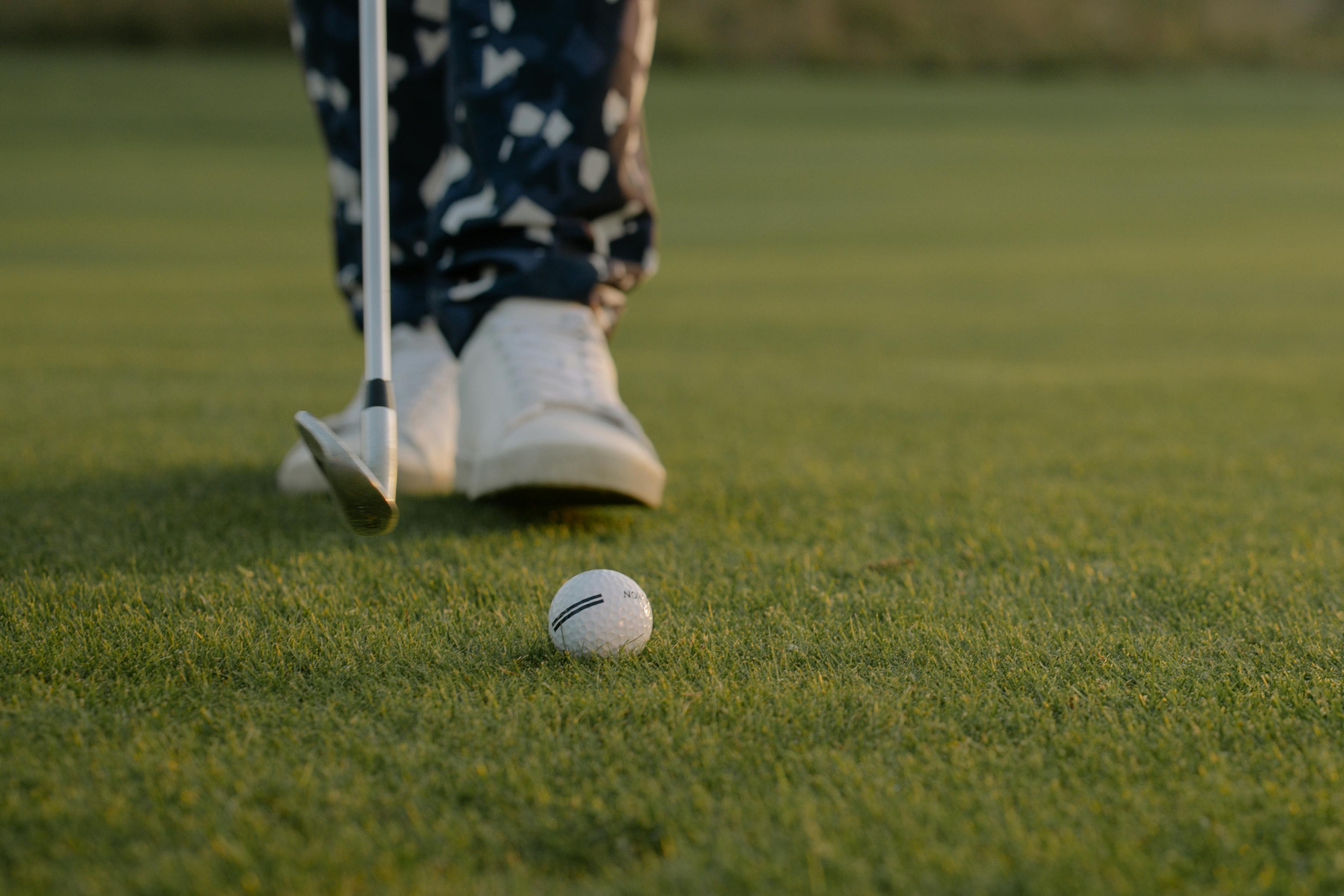making drums
When I received my copy of Making Drums for review, I knew at first glance that I had found something great. As a drum maker and photographer, I could really appreciate the work that obviously went into collecting images for all the drums discussed. I think it would make a great coffee table book based on the pictures alone!
A nice surprise was the list of providers on the first page next to the publication credits. Provides sources for skins, cutters, adhesives, trims, beads, and paint, all essential items for many types of drum repairs and not easily found, thanks Dennis.
The book begins with a brief introduction to rhythm and discusses the various instruments used to achieve it. In the first chapter, the categories of drums based on body shape are clearly defined and explained, as well as the source of the materials that make these drums talk.
The basics of drum sound and acoustics are covered in the second chapter to better explain why different drums sound the way they do. These are sciences that every drummer should know, even if he doesn’t repair or build his own instruments.
The third chapter deals with the subject of the different raw hides and their properties. Waxing, skinning and preserving raw hides are described, providing extensive information on the processing of hides for drum making. As most manufacturers know, it is very profitable to be able to process your own raw hides.
Head attachment is a very broad topic, as there are many different ways to attach a head to a drum. From nailing, gluing, stapling, tying, screwing, or coining, chapter four covers all the basic types of fastening. However, I was a little disappointed that I didn’t discover the secret of lapping and laying a drum head as shown on the top right of pg. 33. I have repaired Kendangs and Mridangams that had this method on the original heads, but couldn’t replicate it no matter how hard I tried. Perhaps a sequel to this book could go into the details that this type of work requires, since obviously the infinite variables of drums and their elements is an almost insurmountable task to try to cover in a single book. Many congratulations to the author for the idea of the template on p. 41; it is ideal for spacing knots around various sizes of hoops when using the Mali weave method to join a drum head. I might add that it would have been better to mention at this point, rather than on page 32, the method of twisting to further fine-tune the weave if more tension is vital, as in an African djembe.
The second half of the book gives detailed examples on how to make various drums based on the expert knowledge of the drum makers who generously allowed the author to document their procedures. Once again, the quality of the images is excellent and makes it easy to understand some of the secrets of drum making processes that are passed down from one drum maker to another.
The book closes with profiles of the talented craftsmen featured in the drum making projects section of the book and a very well received index to make quick reference that much easier.
Overall, this is an excellent book for drum makers, percussionists, or really anyone who might have a slight curiosity in these very diverse and variable instruments we call drums. Great detail, historically accurate tidbits, and vibrant imagery add up to a hefty volume destined to be a permanent resident on my bookshelf and future reference for many repairs to come. As an instructor and physician, I have been able to expand my own knowledge to pass on to others thanks to Dennis Waring. I also now have a little more confidence when shopping for an instrument, as I know a lot more about the physics of how they are made, allowing me to make a more informed decision. For all this, I think this book would be the complement (and the life) of the top of any coffee table.
